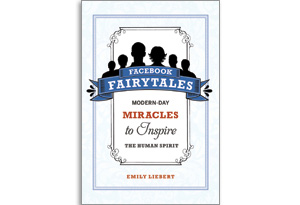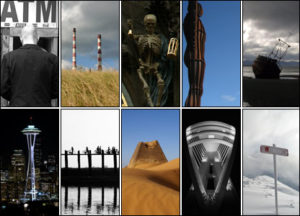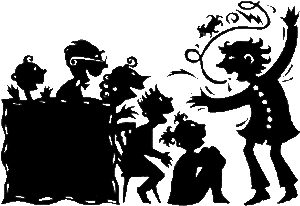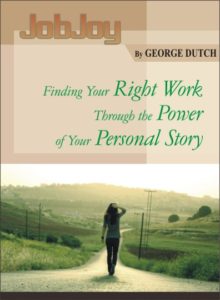Elayne Zalis (pictured), whom I met on Facebook, has compiled a huge, fascinating collection of Autobiographical/Biographical Webs: Selected Links, an outgrowth, she told me, of her academic studies of experimental video autobiographies in the late 1980s and early ’90s. “I was in the humanities,” she said, “so my critiques are influenced by critical theories popular during those years, and also by theories of new media that developed later.”
The compilation includes Online Diaries/Journals, Self-Representations/Memoirs, Letters, Travelogs, Representations of Others, Memorials/Remembrances (including those from September 11, 2001), and Fan Sites.
For more background into Elayne’s research, she recommends her site The Memory Channel, especially the links there to two articles she wrote that put her current research in context:
The first is regarding video. Here’s the abstract for it:
The essay links the independent videos Flag (USA 1989), by Linda Gibson, and Trick or drink (USA 1984), by Vanalyne Green, with traditions of women’s autobiographical videomaking in the United States that blur boundaries between “private” and “public” spheres to politicize the personal. The essay focuses on how Flag and Trick or drink interweave personal, social, spatial, and historical strands to tell the story of a woman’s life. The personal archives that the videos showcase are particularly noteworthy for the inclusion of diaries from the videomakers’ adolescence, which instigate the adults’ remembrances of the past. The essay suggests that Flag and Trick or drink open up directions for others to explore further in a range of old and new media.
The second article, about new media, At Home in Cyberspace: Staging Autobiographical Scenes. Here’s a snippet from the article that captures some of its essence:
Professional and nonprofessional communicators alike construct personal home pages, online diaries, blogs, and generic hybrids that fuse elements of traditional and new media. Repertoires of Net art and e-literature contribute to the mix. Designed to attract audiences online, sites explore novel ways to reconfigure boundaries between “private” and “public” social spheres, as well as between “high” and “low” cultures. Such experiments with autobiographical production thus complement the ongoing “democratization of video,” and reinforce Tamblyn’s notion that cultural intervention and innovative self-representation can occur almost anywhere (13-14). As a medium that for more and more users plays a key role in everyday life, the Web, like video, expedites the production of social space, while at the same time accommodating personal storytellers.
(I’ve long been fascinated with the ways people construct their identities through new media, especially today’s social media, and how comparable those constructions may be to the ways folks construct identities in other media.)
Elayne says she left academia after earning her PhD in 1993, “but I try,” she says, “to continue my research when I can. I like to explore innovative approaches to self-representation and personal histories. Besides discovering new trends, I get ideas for my own creative work.” She has posted samples of her creative work here.








